A new split-brain study reveals a clearer picture about the areas of the brain that play a role in complex reasoning, such as moral judgment. Historically, studying split-brain patients—those whose corpus callosum has been severed, effectively reducing communication between right and left hemispheres of the brain—has allowed researchers to gain greater insight into specific areas […]

Limiting residency hours may not be beneficial for aspiring surgeons 
In the past 15 years, there’s been a move to reduce the number of hours doctors spend on shift in the residency phase of their training, with the intention to improve patient safety and the doctors’ work-life balance. However, a recent review study suggests that such measures aren’t beneficial across the different specialties – in […]
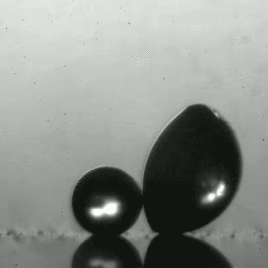
How fungal spores harness water droplets to travel 
Fungal spores spread by hitching a ride on other animals or travelling on their own. In one of the methods, the spore is picked up by a water droplet, which is then propelled upwards. Exactly how this is done has been a mystery to scientists – until now. A new paper describes how two different-sized water droplets […]
8 ways to safeguard scientific integrity in policy-making 
In order for government bodies to make informed, science-based decisions, open and honest communication has to exist – both among the scientists consulting key decision-makers, and in the government scientists’ communication to the public and media. A new paper outlines how such scientific integrity is currently under threat in Canada, Australia and the US, and how these […]
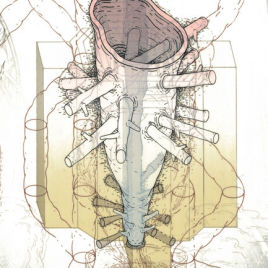
Health law experts call for better policy around biobanks 
The international health community has seen a lot of progress in the collection and storage of health data and tissue samples, but there is still work to be done regarding consent and ownership rights. Health law researchers say that current biorepository structures such as UK Biobank and the US Precision Medicine Initiative, which have been proliferating over […]
Biodiversity in shallow Arctic lakes 
Shallow Arctic lakes that remain unfrozen throughout the year contain more diverse biofilms than lakes that freeze up for a period of time, a new study has found. Researchers analyzed the genetic material of biofilm—which is a group of microorganisms that stick to one another, forming a so-called “microbial mat” on the surface of a lake—in […]
Underground fungi network helps forests spread farther 
Forests that are facing the dangers of disappearing from the effects of climate change might have an unlikely ally: ancient underground fungi. A recently published paper puts forward a theory called the “paleosymbiosis hypothesis,” which states that tree roots can activate an underground fungal network that has laid dormant for millennia. These fungi could helping […]
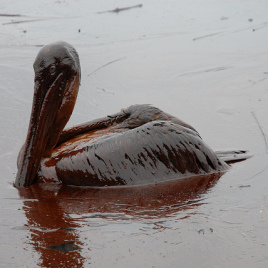
A drop of oil slows down seabird flight 
Even the smallest amount of oil can disrupt the delicate mechanisms behind the flight of seabirds, a new study suggests. Crude oil on the feathers of waterfowl significantly increase the amount of energy the birds have to spend in order to fly, making the birds’ wings and bodies less aerodynamic. Researchers trained wild western sandpipers […]
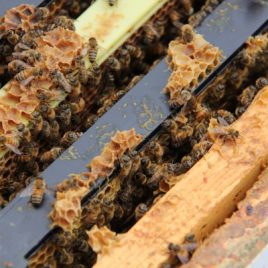
Neonic pesticides increase mortality rates among worker and queen honey bees 
First-ever study using realistic field doses of neonicotinoid pesticides has confirmed their deadly effects on honey bee populations. Researchers have quantified the length and magnitude of pesticide exposure in Canada’s cornfields, and mimicked the exposure in a lab setting. They found that the lifespans of worker and queen honey bees are cut by 23% after […]
How alternative medicine practitioners may be spreading the anti-vaccination sentiment 
Tighter regulations of complementary and alternative medicine (CAM) providers are necessary to stop the spread of misinformation about vaccines, according to a new paper. Researchers have examined 330 websites of CAM providers in Alberta and BC, to evaluate how these practitioners may be contributing to the anti-vaccination sentiment among their patients. Their findings showed that […]

Fundamental research is failing in Canada: survey 
The number of scientists investigating basic-science questions in Canada has dropped by nearly 20%, a new survey reports. Reasons for the drop include decreased funding and institutional preference for applied research over fundamental research. Over 1,300 Canadian researchers took part in an online survey that asked them to share their views on the state of […]
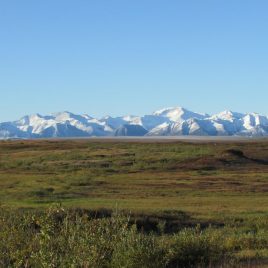
The cycle of mercury pollution in the Arctic tundra 
Human activity has been a major source of mercury pollution in the Arctic, and a new study has identified the form most often taken by the pollutant: gaseous elemental mercury (GEM). The News & Views article discusses how the Arctic tundra acts as a major sink for mercury, as the local plants uptake GEM from the […]
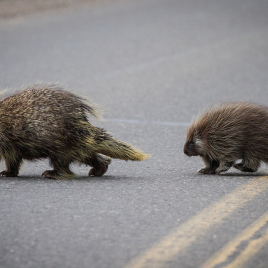
Porcupine study reveals how populations change with predation and foraging 
Investigation of predator-prey relationships in a changing environment is an important way to track changes to local ecosystems. A new investigation takes a look at the effects of both top-down (predation-driven) and bottom-up (food and foraging-dependent) systems in predator-prey dynamics. The research team tracked a population of porcupines in Wisconsin, US, over a period of 14-year […]
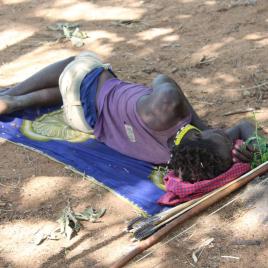
Asynchronized sleep schedules and earlier bedtimes among the elderly could be an ancient survival mechanism 
An anthropological study of modern hunter-gatherers in Tanzania suggests that the difference in sleep schedules may be an age-old survival mechanism. The team observed daily lives of a modern hunter-gatherer community of the Hadza people in Northern Tanzania. After a day of procuring food, the Hadza, the young and old alike, gather to sleep in […]
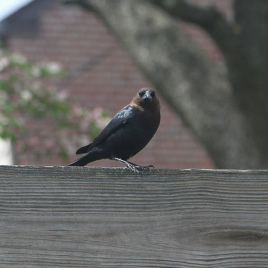
Oil and gas infrastructures increase the number of brood parasitism among grassland songbirds 
We’re only beginning to find out all the ways in which industrial activity disrupts the ecosystem, and a new bird study gives yet another example of the unexpected ways in which human activity affects the local fauna. Researchers found that the presence of oil and natural gas infrastructure—such as fences, power lines, and transmitters around […]

Multicoloured photons springboard information storage into a quantum leap 
Researchers demonstrate how light particles—photons—can become a powerful quantum resource when generated on a photonic chip in the form of colour-entangled quDits. Unlike a qubit, which is a mechanical system with only two states (the classic example being 0 and 1), quDits can have multiple quantum states: for example, a high-dimensional photon can be red and yellow and green and blue […]

